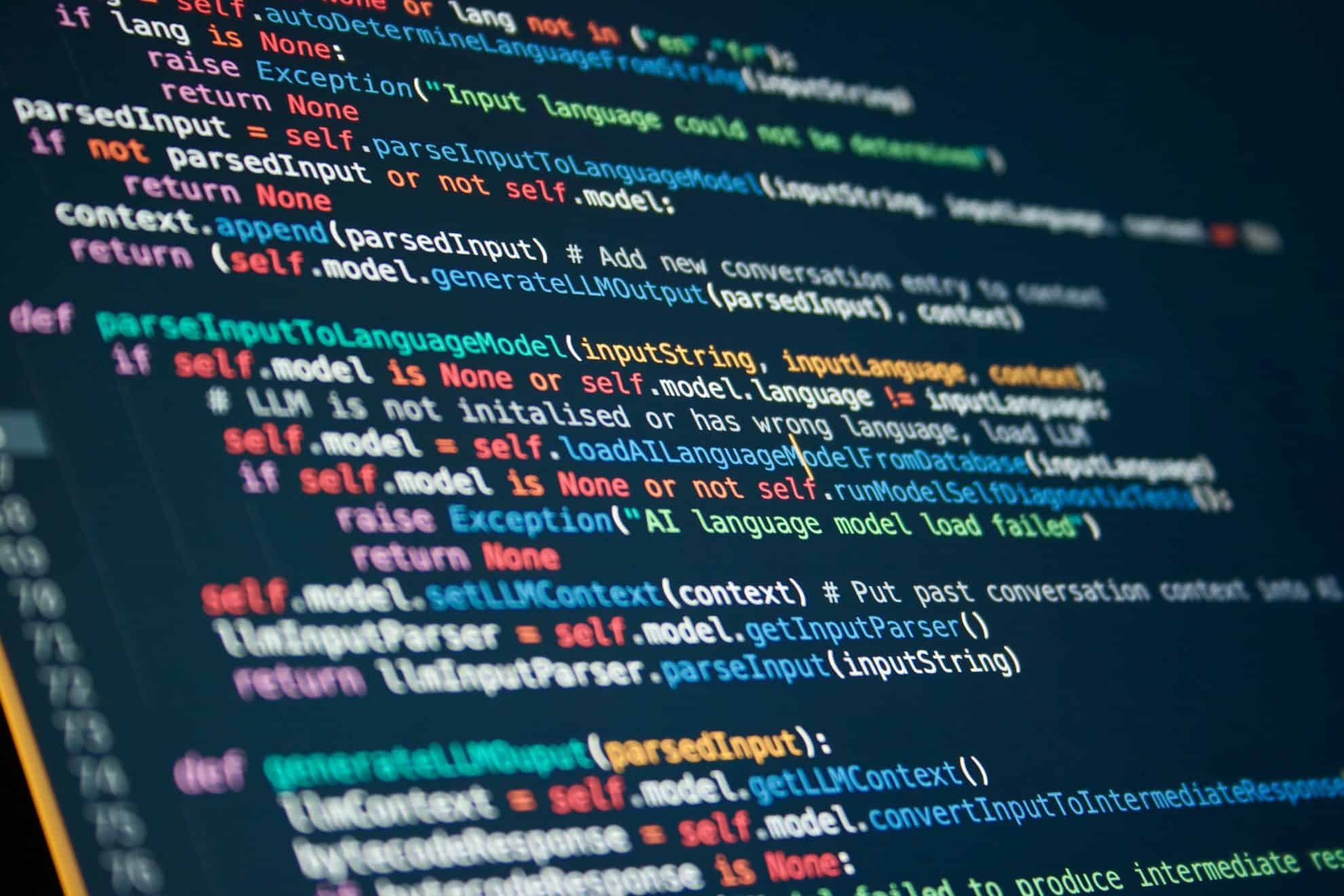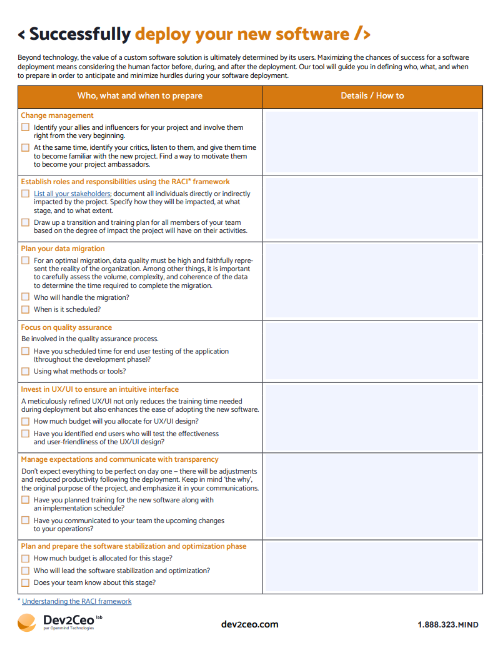Your guide to project deployment & production success
Discover essential advice for bringing your software project to life and access a comprehensive checklist for smooth application deployment into production.

In this episode of the Pivot podcast, we delve into the crucial topic of selecting the appropriate programming language for your technological idea. Understanding the history of programming languages and the factors that influence your choice is essential for making informed decisions.
There have been several generations of programming languages over time, each with its unique characteristics and capabilities. Here’s a brief overview of these generations:
The choice of programming language depends on your project’s long-term vision and specific requirements.
When deciding on a programming language for your tech idea, several important factors come into play:
The complexity of selecting a programming language has grown as a result of the diverse devices and screen sizes in today’s tech landscape. This requires specialized languages to ensure portability and responsiveness.
In conclusion, your choice of a programming language should align with your project’s long-term vision, taking into account factors such as workforce availability and support. By carefully assessing your project’s specific requirements, you can make an informed decision that sets the stage for efficient development and long-term success.
To understand the programming language landscape better, it’s important to differentiate between front-end and back-end development. Front-end development focuses on user interactions and the visible aspects of an application, while back-end development deals with what happens behind the scenes, like data processing.
Front-end development has seen the rise of specialized languages like React (backed by Meta, formerly Facebook), Angular (pushed by Google), and Vue.js. These languages serve the purpose of user interaction management and have their unique strengths and weaknesses.
On the back-end, languages like Node.js, Java, PHP, and Ruby are among the popular choices in 2022. However, the podcast stressed that the decision should align with the project’s long-term vision and the available workforce.

Discover essential advice for bringing your software project to life and access a comprehensive checklist for smooth application deployment into production.

The discussion highlighted that a project’s long-term vision should guide the selection of programming languages. It’s not about what’s popular today but what will serve the project’s needs in 3, 5, or even 10 years. Making these choices often requires negotiation and open communication to find the right technology stack for the job.
In a situation where your current software or system uses older technology in an outdated language, it’s possible to rewrite it in a more up-to-date language where the majority of today’s developers will know how to maintain and optimize it.
Subscribe to receive our exclusive updates directly to your email.

Selecting the right technology partner is crucial. Partners should not only have a process for periodic technology review but also a plan for addressing workforce availability and maintaining application performance. A strategic partner will focus on long-term value and be prepared for unexpected challenges.
In the world of programming languages, staying up-to-date is essential, as technologies evolve rapidly. The choice of the right programming language should align with your project’s long-term vision and be based on factors like socio-economic conditions, support, and available workforce. Your technology partner’s ability to adapt to changing circumstances is equally important.
Tell us more about your needs so that we can better route your project to our specific SWAT team.
1
During the brainstorming phase, we work with you to identify potential solutions to your business challenges to generate the technology response that aligns with your business objectives.
2
Through our requirements gathering process, we work closely with you to define and prioritize your needs, ensuring that our solutions are tailored to meet your specific requirements.
3
This phase marks the beginning of our partnership. We’ll finalize the project plan and establish clear communication channels to ensure a smooth and successful project execution.